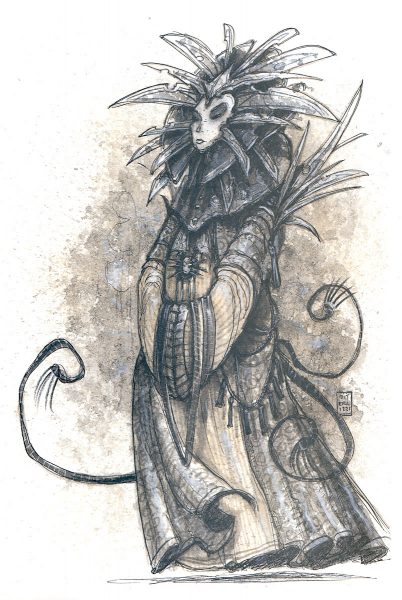
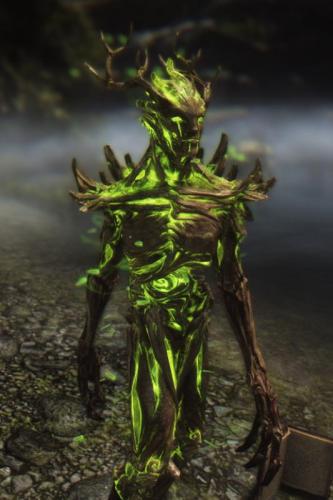
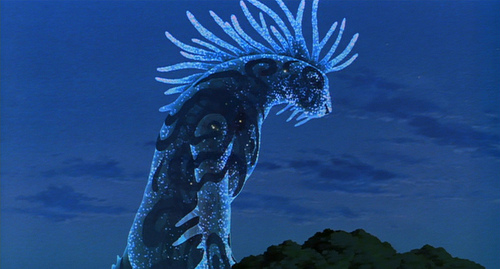
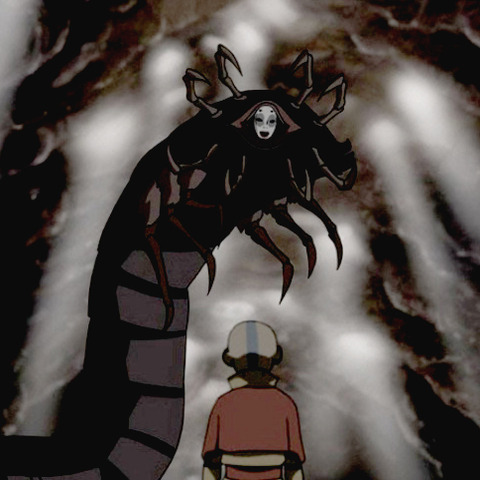
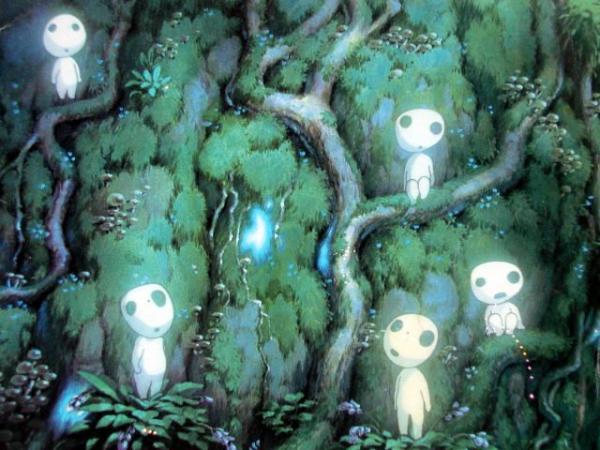

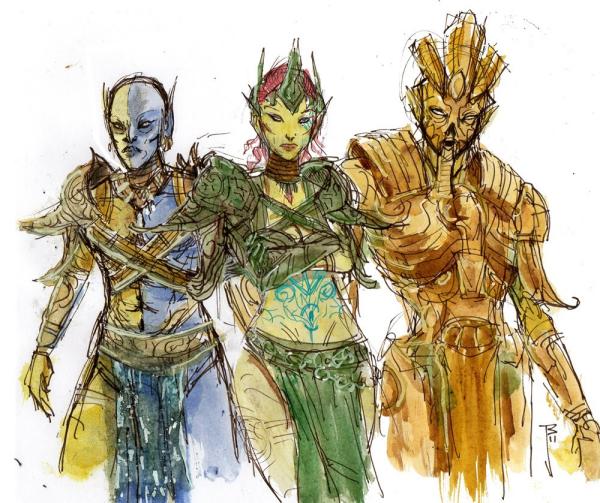
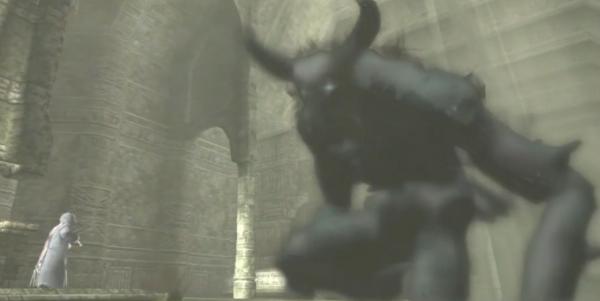
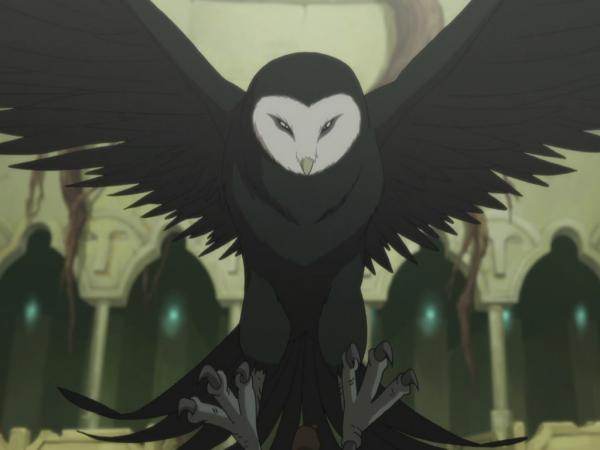
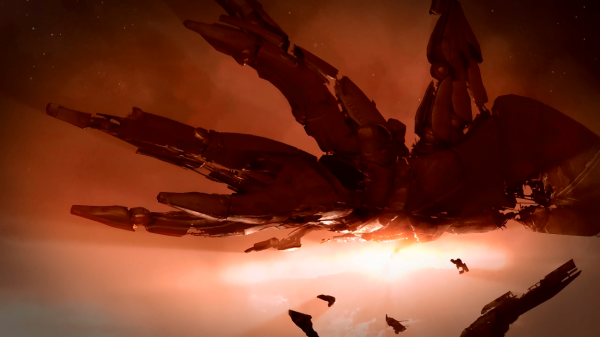
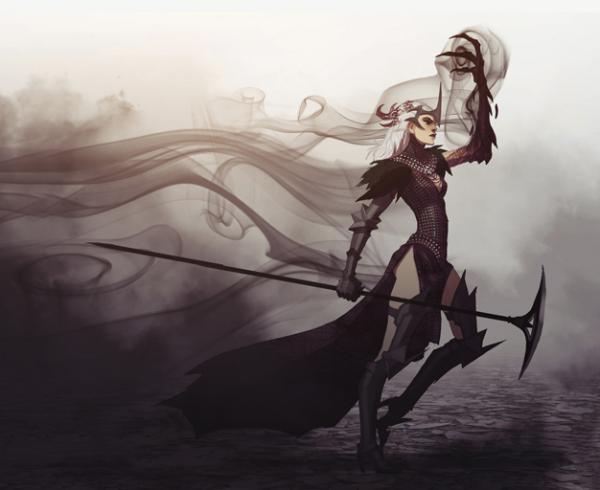
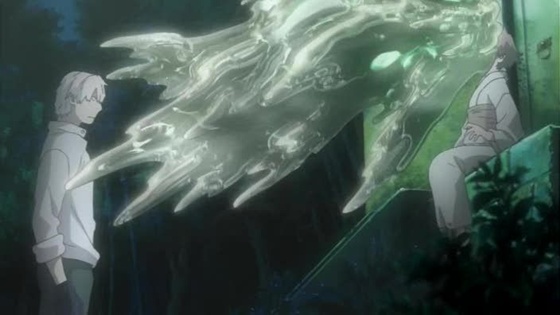
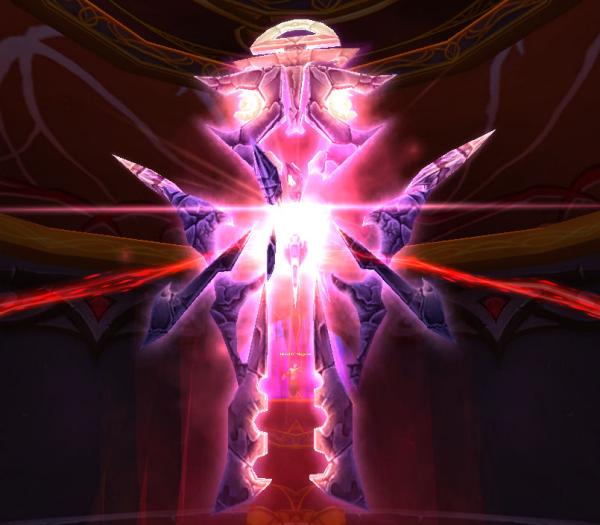
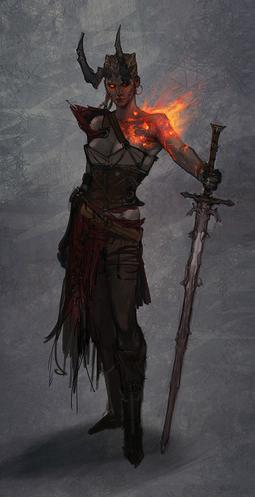
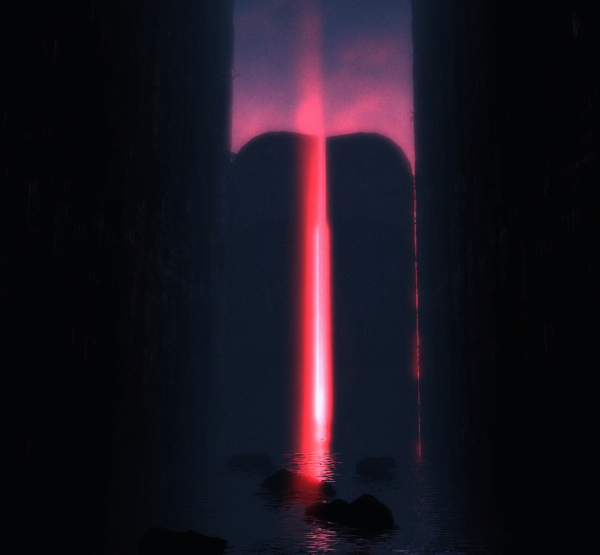
Yora's site for Sword & Sorcery RPGs















Things are rather busy at work these days with our main season having started (we sell garden plants so everything needs to be fully grown before the actual planting season starts) and even on the days when I don’t get back home late and tired I mostly spend my time doing other things than working on the Ancient Lands. While admittedly I’ve been writing more here recently than I have for quite a while, most of it is spur of the moment stuff that just pops into my mind minutes before I write it. And even most of that is more theory than specific content.
But I am always more creative in spring and summer (it’s adventuring season after all) and I got quite a number of ideas in my head that are almost finished content that is only in need of being nailed down and locked. Which I always do best when spelling it out in writing. So expect more stuff that is ready to take and use in games in the comming weeks. For now I am hopping on to an idea that someone suggested over two years ago and share ten randomly selected interesting details about the <em;”>Ancient Lands that make it a unique and distinctive setting:
*I really like this one from a mechanical perspective. It’s a simple replacement of the common silver weapons and makes the imprisonment of spellcasters very easy without convoluted magical prison setups. All while reviving the old image of iron having power over spirits.
** This is partly “historical accuracy” but primarily a desire to see these weapons of ancient mythological figures back in their deserved spots. The reach advantage of spears can simply be represented as a +1 bonus to Armor Class, as in practice it makes it harder for an opponent to get close enough to attempt a strike at the body.
I was actually going to write about something completely different but while I was gathering my thoughts I kept doing some researching that I’ve been doing for the last days at the same time (the wonderful exciting world of ADD) and came across an old Hill Cantons post on the Sense of Place in fantasy. While my mental image of the Ancient Lands doesn’t come from one single place I actually can think of a number of environments that hugely impacted my own image of how I see the perfect fantasy world in my mind. All the pictures here can be clicked to embiggen.
I grew up in Hamburg, which really isn’t a place to inspire fantastic landscapes. (Though it does have a fantastic zoo with lots of big animals from all over the world.) However, my grandparents lived on the edge of a village just about an hours drive away until recently and me and my brother were staying with them over weekends about once per month. And this is what we had right out the door.
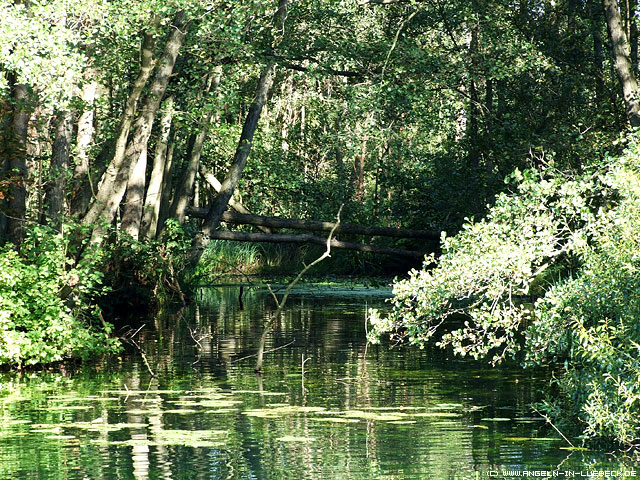
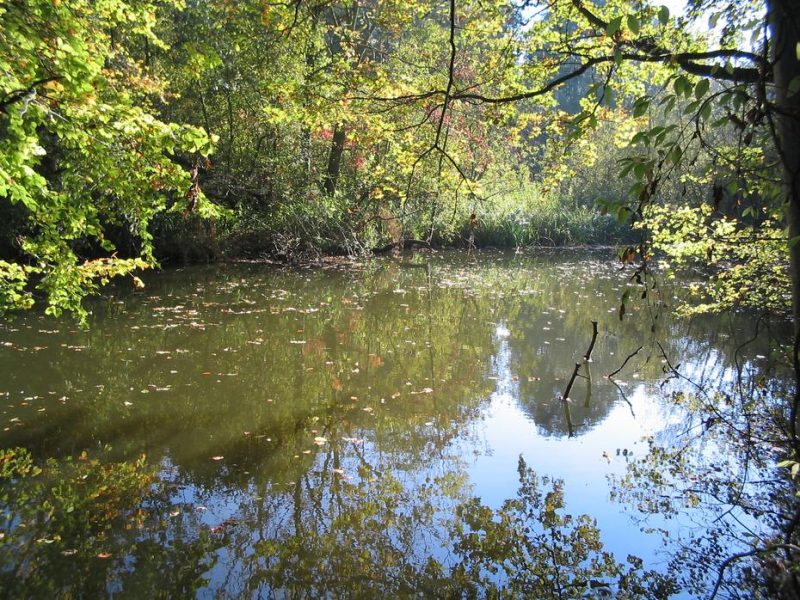

 Northern Germany clearly doesn’t make it high on anyone’s list of fanciest places in the world but this is what we got and I think it’s actually pretty cool. That river used to be the Iron Curtain. The far shore is Eastern Germany. But you couldn’t see it from the west shore because all the border fortifications were a good distance futher back for secrecy. (You could occasionally hear land mines going of, though.)
Northern Germany clearly doesn’t make it high on anyone’s list of fanciest places in the world but this is what we got and I think it’s actually pretty cool. That river used to be the Iron Curtain. The far shore is Eastern Germany. But you couldn’t see it from the west shore because all the border fortifications were a good distance futher back for secrecy. (You could occasionally hear land mines going of, though.)
When I was in first grade we had our first school trip to the Lüneburg Heath, which I don’t think many people suspect to start right outside of Hamburg. We did five day trips and fortunately had amazing weather which really made it a huge experience that stayed with me forever.
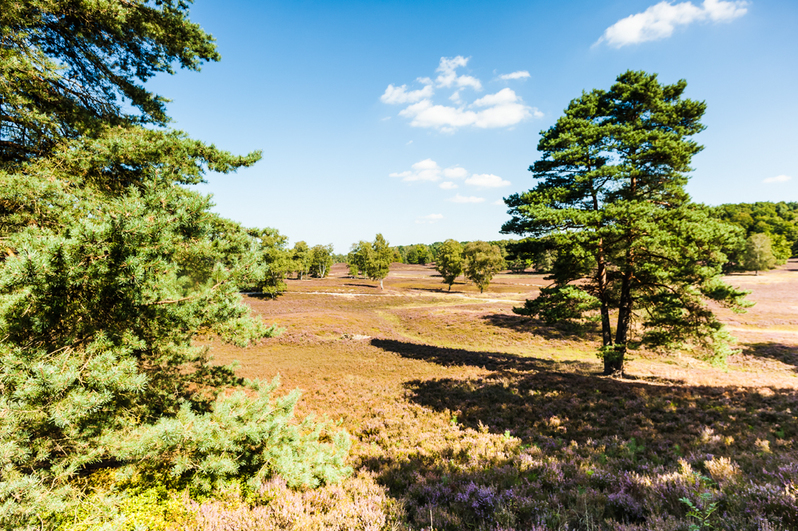
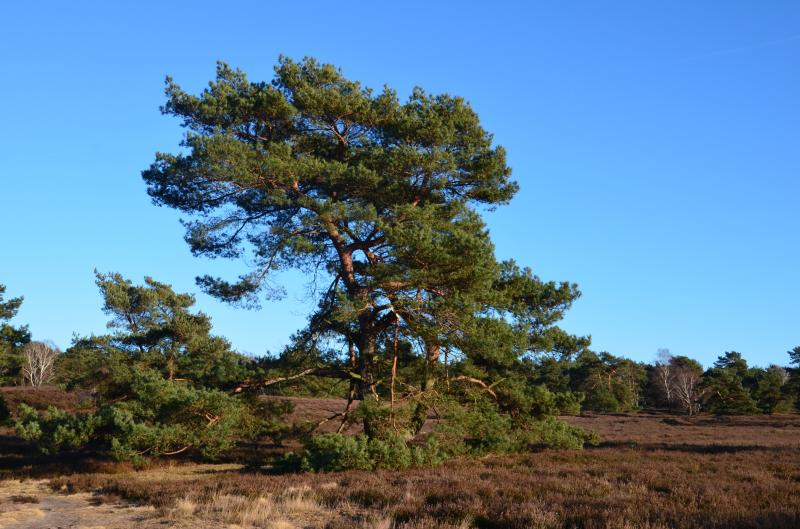
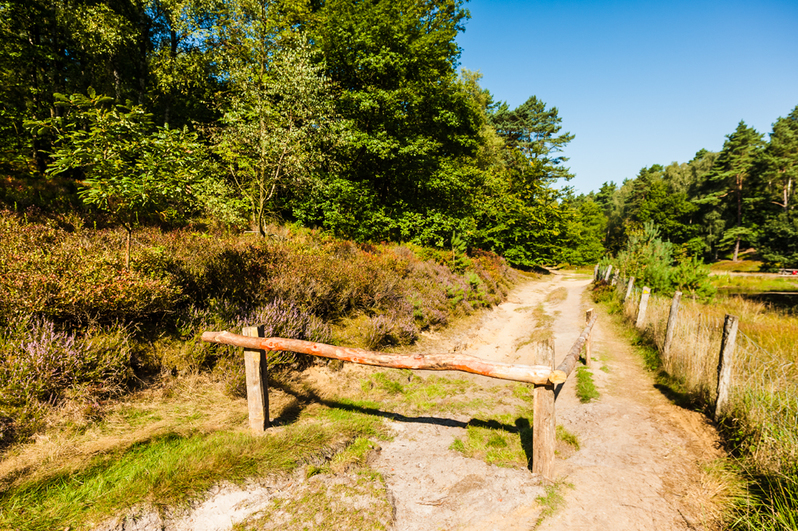
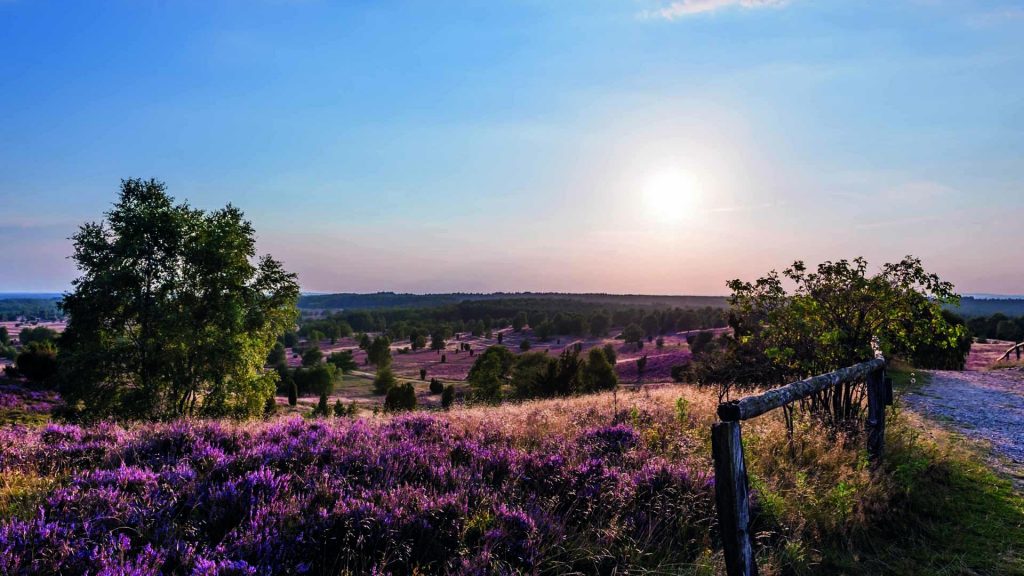 I think the pictures aren’t really doing justice to the real place. Or at least to my memory of it. But it doesn’t really matter if I remember it as much more impressive than it really was, since in a fantasy world I can make it as amazing as I want.
I think the pictures aren’t really doing justice to the real place. Or at least to my memory of it. But it doesn’t really matter if I remember it as much more impressive than it really was, since in a fantasy world I can make it as amazing as I want.
Then there was this place:
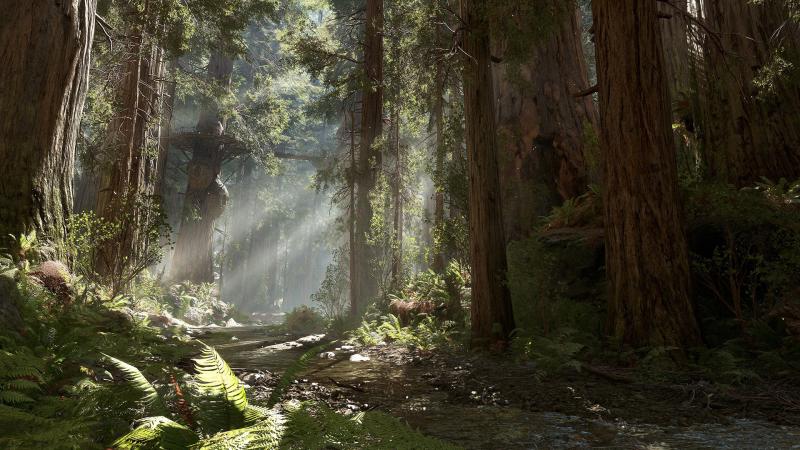
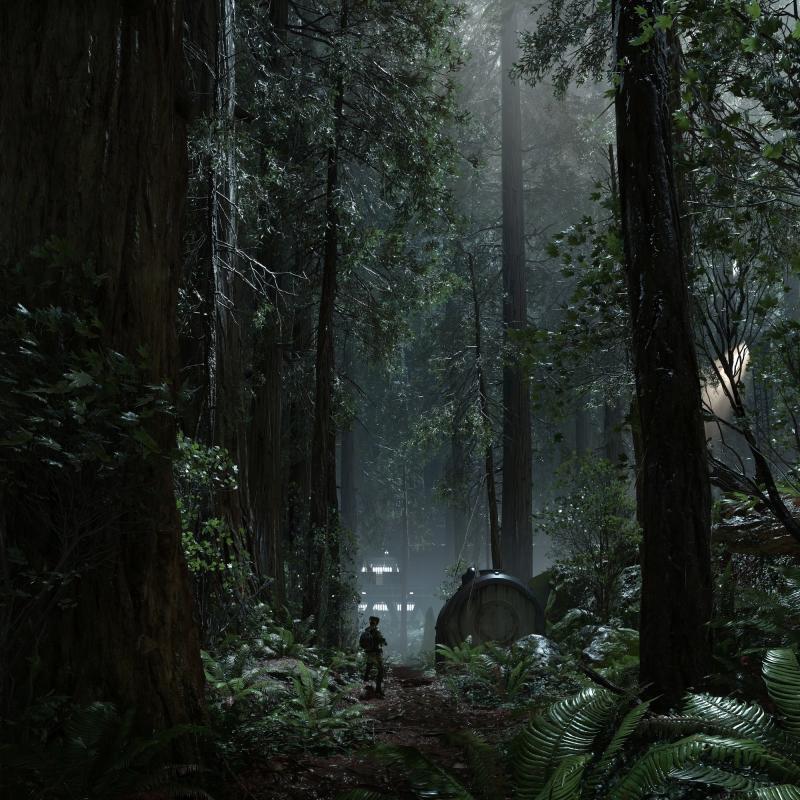

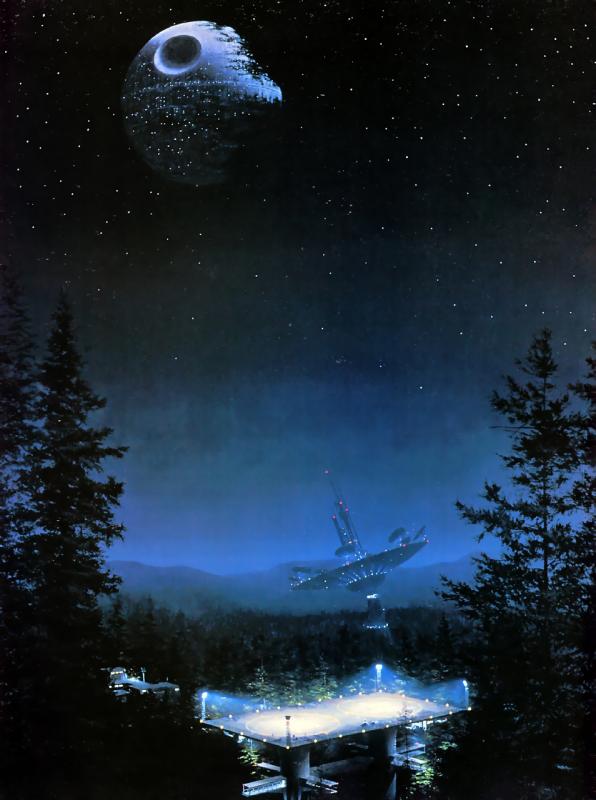 I can not overstate what an enormous influence The Empire Strikes Back and Return of the Jedi had on me. More than anything else, seeing these movies on a friday night and saturday morning on a tiny TV at a friend’s place when I was 11 defined what my creative imagination is today. Only playing Baldur’s Gate when I was 16 comes close, as it introduced me to the whole world of fantasy RPGs.
I can not overstate what an enormous influence The Empire Strikes Back and Return of the Jedi had on me. More than anything else, seeing these movies on a friday night and saturday morning on a tiny TV at a friend’s place when I was 11 defined what my creative imagination is today. Only playing Baldur’s Gate when I was 16 comes close, as it introduced me to the whole world of fantasy RPGs.
I think it was in summer 2000 when we went on vacation to Norway. (Because I remember being excited for Diablo II which would be out when we got back). And what forever stayed with me wasn’t the fjords, but the mountain tundra of the Dovrefjell.
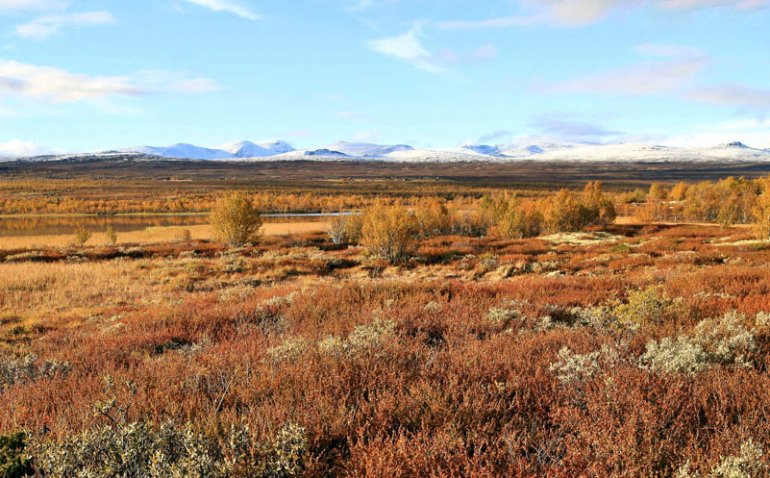
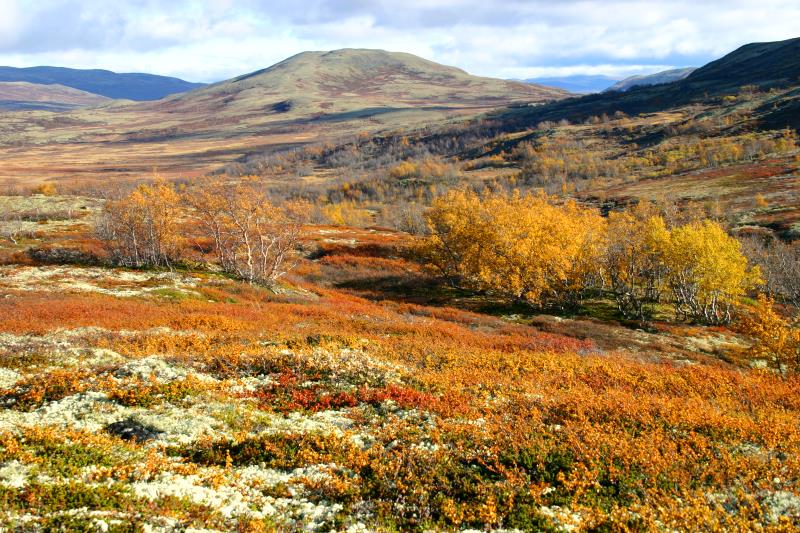
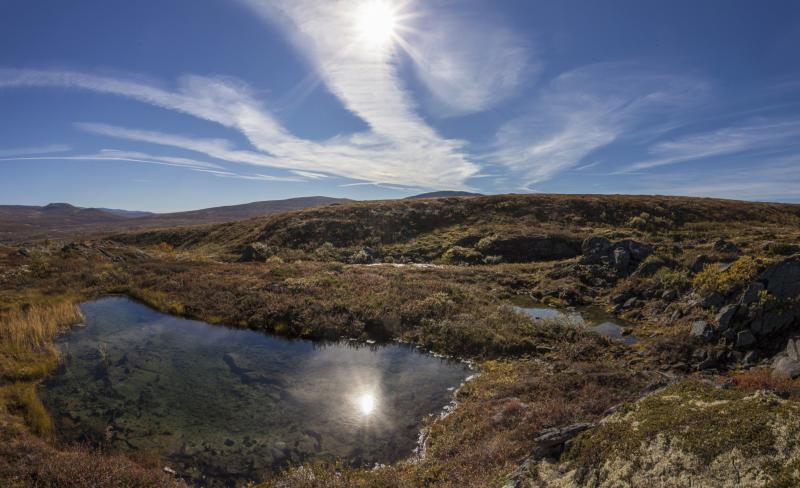
 I instantly loved this place and it’s still easily my favorite place in the world, even though we stayed in that area for only two or three days. There isn’t really anything to do, but it just looks amazing. And I think it might have reminded me of having seen the Lüneburg Heath. It doesn’t really look like you’re high up in the mountains because everything has been flattened by glaciers during the Ice Age, but even in the middle of summer, when you got something like 20 hours of daylight, it still gets really cold even that relatively far south.
I instantly loved this place and it’s still easily my favorite place in the world, even though we stayed in that area for only two or three days. There isn’t really anything to do, but it just looks amazing. And I think it might have reminded me of having seen the Lüneburg Heath. It doesn’t really look like you’re high up in the mountains because everything has been flattened by glaciers during the Ice Age, but even in the middle of summer, when you got something like 20 hours of daylight, it still gets really cold even that relatively far south.
The next year we had a one week vacation to Denmark, which isn’t really much of a deal when you’re from Northern Germany and we’ve been there before, but this turned out to be one of my favorite vacations ever. I’m not completely sure, but I am pretty certain that we stayed in Løkken. While looking for pictures I came across several that showed old World War 2 bunkers and a paragliding club, which I both remember being nearby.


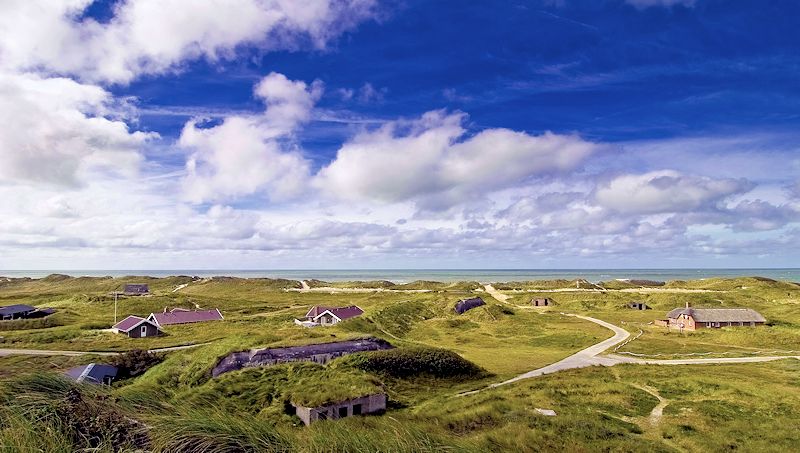
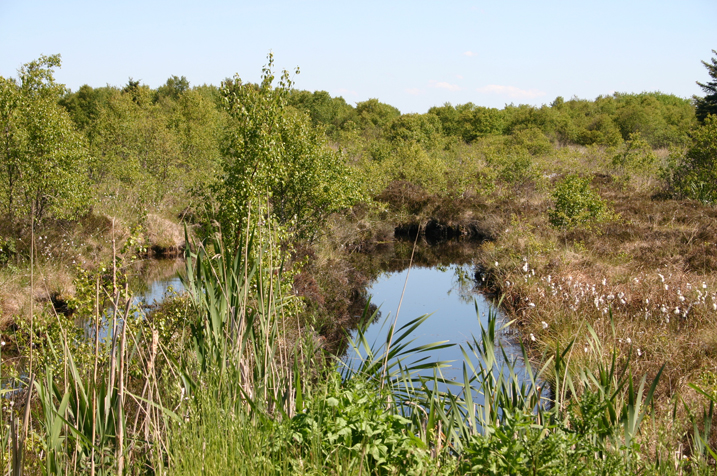 While thinking about what kinds of pictures to hunt for, I became aware of a consistent trend that goes through most of these places. And you’ve might have noticed it from looking at the pictures. I really like dried yellow gras. And looking at it now, also huge open skies. But I guess the later comes naturally when you grew up in cities in Northern Germany. Once you get out of the city you immediately get this vast open view.
While thinking about what kinds of pictures to hunt for, I became aware of a consistent trend that goes through most of these places. And you’ve might have noticed it from looking at the pictures. I really like dried yellow gras. And looking at it now, also huge open skies. But I guess the later comes naturally when you grew up in cities in Northern Germany. Once you get out of the city you immediately get this vast open view.
There’s also something else I got reminded of by the aesthetics of these pictures:
Dinosaur Books!!!


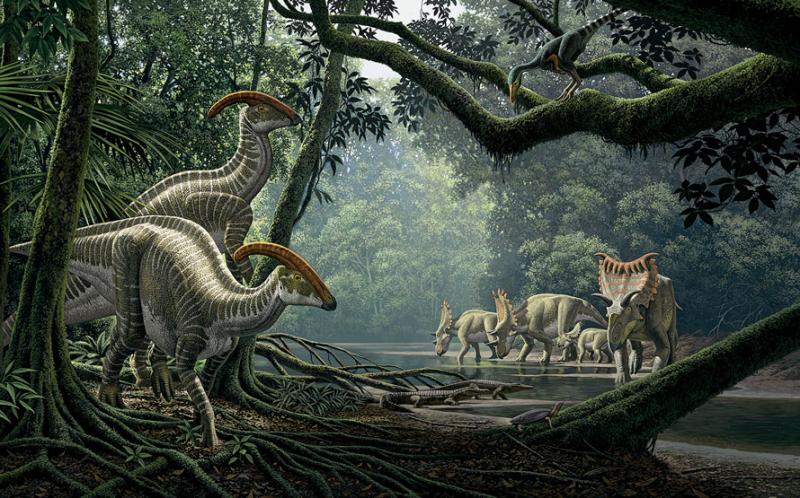
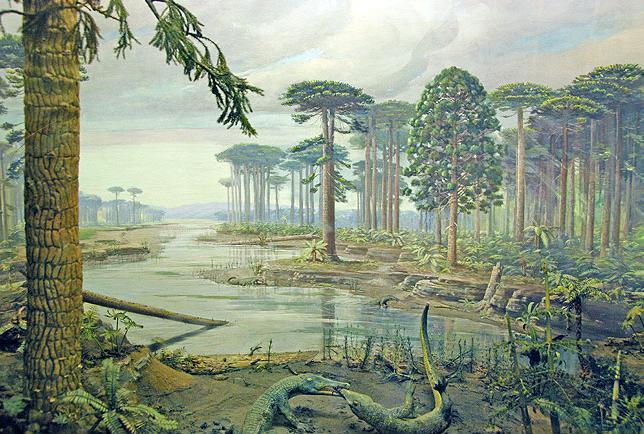
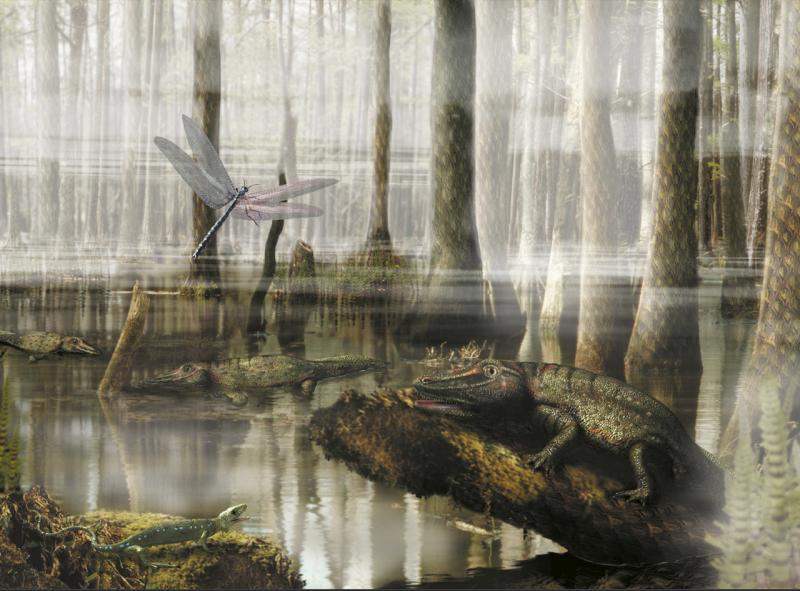
 The love for dinosaurs is in my genes. (I am pretty sure it’s the y-chromosome.) What could possibly be more awesome than dinosaurs?
The love for dinosaurs is in my genes. (I am pretty sure it’s the y-chromosome.) What could possibly be more awesome than dinosaurs?
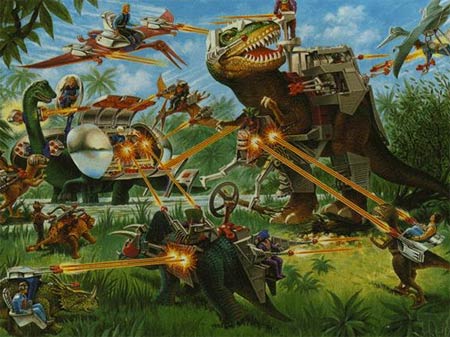 Dinosaurs with freaking laser beams attached to their heads!
Dinosaurs with freaking laser beams attached to their heads!
Okay, getting a bit overboard here. (But seriously, was there ever a toy line more awesome than this?) But still, I’ve always been a big dinosaur lover, and I think even more so than the average 6 year old boy. And the landscapes shown in dinosaur books from the 80s always had a certain style that I think really had an enormous impact on my sense of environmental aesthetics. And all these places I love share some resemblance with it. I originally planned to write about the finding emotional core of my plans for the Ancient Lands (which I’ll hopefully get to tomorrow) and this environmental aesthetic is a major part of it.
My Ancient Lands setting never felt like I wanted it to when I ran adventures in it, and I think I know understand why. Even though the whole concept of the world is one about dealing with alien spirits and witches, almost all my adventures were pretty generic empty ruins inhabited by animals and bandits. There’s some wisdom in the claim that the unnatural only feels unusual if it’s set in contrast to a very natural world, I took it much too far by making the normal stuff dominating the campaigns.
I am still not sure how to give the supernatural otherworld the center stage that it should have, I think it really starts with the idea that there are places and environments where people are not meant to be. Not just are the native creatures are great direct threat, the environment itself gets in the way of the characters and puts them at an even greater disadvantage to the native inhabitants.
Here are some generic factors that make an environment work against the players even when it does not actively try to harm them.
While visiting my parents I recently watched all three Star Wars movies again with my mother who seemed to have forgotten most parts of The Empire Strikes Back since last seeing it. Which really is something that needs to be rectified and now we had a good opportunity. And with no kids in the house my parents have a nice movie room with a projector and 5.1 sound. I don’t think I’ve seen the movies in this big since their re-release back in 1997. And while watching Return of the Jedi I was reminded how very much of an impact Endor had on my perception of a fantasy wilderness.
When I started toying around with worldbuilding for RPGs, my first attempt was to make the High Forest from Forgotten Realms but 4,000 years in the past, which I imagined very much like Endor, and it soon turned into a setting “inspired by” the ancient High Forest. My Ancient Lands, Old World, and the preceding Wildlands are all evolutions of that initial concept. Since the Wildlands each iteration became a successively smaller world. As some French guy said, “perfection is achieved not when there is nothing left to add, but nothing left to take away”. And seeing Endor again in all its crisp green glory made me realize that there’s still some stuff I’ve been hanging on to even though it doesn’t really add to the main parts of the setting and rather distracts from and dilutes the core concept.
This led to me starting Project Forest Moon. Another directed effort of stronger increasing the focus of the setting and giving it a more unique character.
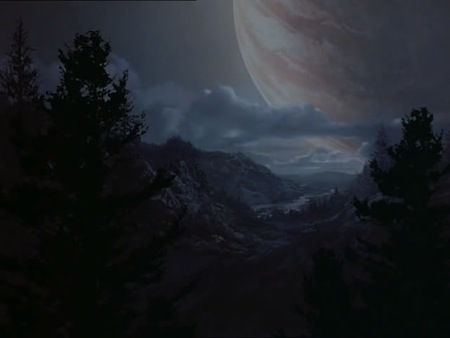
Looking really good so far, I would say. Collecting these things over the last days made me once more very excited about seeing this world continuing to take shape.
Today someone mentioned the idea to me that most decent pulp settings appear to have some cool major distinctive feature that also works as a kind of source for all manners of conflicts within the world. For example in Dark Sun, the magical technique of defiling was what killed most life on the planet, is what gives the sorcerer kings their power, and allows them to keep the few surviving cities from being burried by the desert as well for the time being. In Star Wars the Dark Side of the Force created the Empire, drove the Jedi to extinction, and also is the main reason why the Jedi exist as an order of knights in the first place. In Morrowind the Tribunal and their belief to be living gods led to the creation of the Dunmer, their extreme conservatism and hostility towards outsiders, and the existance of the Ashlanders. And in the vast majority of stories of Conan the whole trouble comes from sorcerers desiring power. I think to make my Old World setting more pulpy than my old Ancient Lands setting, some kind of similar universal driver of tension could possibly be a great help.
A few weeks ago I read a post by someone writing about having seen a somewhat unusual nature documentary that showed life in the wilderness just how it is without overly dramaticising it. And it seemed to him to show that nature is not at all nice and pleasant, but really full of violent death. The vast majority of it being the deaths of children. Around the same time I’ve read a post by Zak S. about Lovecraft’s fear of the unknown being mostly a revulsion against life, which I found to be very convincing. Life means feeding and reproducing which in many cases, or perhaps even most, is neither pleasant not pretty.
In my years at university dealing with cultural studies I made the discovery that almost all major religions disapprove about the physical aspects of living and promote a detachment from bodily things and a focus on the purely mental. And it really made me wonder why all religions that praise and approve of living seem to promote having sex with the cult leader? I’ve been wanting to do something with a very body-positive approach in a non-creepy way in my worldbuilding for a long time but never really got around to it.
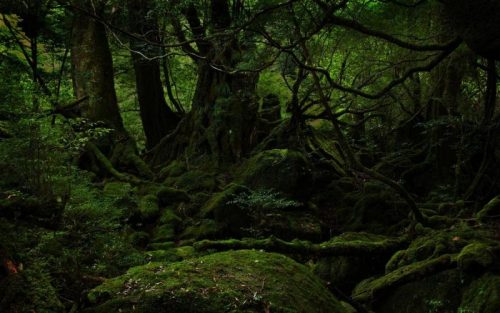
And I think here might be the perfect opportunity to adress all these things. I had often thought of the Old World as being “a lot like Dark Sun, but with forests instead of desert”. In Dark Sun the driving force behind all conflicts is magic that drains nature of life. How about a setting in which the source of conflict is an overaboundance of life?
Life is not just life. It is also death. The Circle of Life is also a Circle of Death. To actively live all living things have to consume. In the end everything dies, and then it gets eaten. The only way a species can survive is to reproduce faster than its members are getting killed. It’s an endless breeding and feeding. Breeding is feeding. And in the center of all this killing and reproducing are people. And nature doesn’t care for them a bit. Like it does for anything else. The cycle just continues and there is nothing that one could do to stop it. People simply have to arrange themselves with this simple truth. And this process of arranging is where ultimately all conflict comes from. The desire to feed yourself and your relatives and to avoid being fed upon for as long as you can is what all conflict ultimately comes down to.
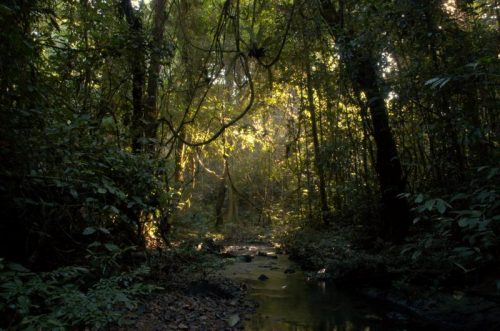
I’m still not 100% sure if I really want to go with this. Things like these always take two or three days with me before I know how I really feel about them. But I think there’s certainly a lot of potential to give the setting it’s own distinctive character and quirks, which really is a major thing in Sword & Sorcery and pulp in general. Here are some applications I have already in mind:
Civilization is fragile: This is something I’ve had in my mind for a long time now. I don’t want to do the standard fantasy thing where the world was once great and then everything declined into some kind of post-apocalyptic world or another. Instead the Old World is a world in a constant cycle of growth and decay. Settlements are founded, grow, decline, and are eventually abandoned or destroyed to be reclaimed by the wilderness. This has happened countless times before and will happen countless times again. Abandoned and ruined settlements are found everywhere in regions that are settled by people. There are many great stone ruins as well, which had been build by the various fey folks. They are still found in many places and many of them hold magical wonders beyond the powers of mortals. But their builders were not killed by some kind of catastrophe. In truth their reign over the land came to an end when they realized that even with their great magical powers the attempts to build lasting kingdoms and empires was futile in the face of the power of nature itself. Shie, naga, raksha, and giants are still around, but they all live in the Spiritworld once more, as they did for countless eons before.
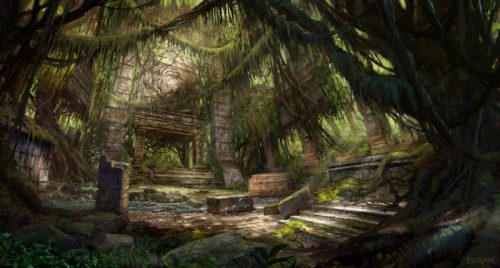
The Green Folk: I’ve long been a fan of both treant and spriggans (duh…) and also like the idea of shambling mounds and other big beasts made from vines, branches, thorns, and moss. All these walking plant spirits are collectively known as the green folk. There are many types of them and they are literally found everywhere not covered by water or ice. In a way they might be the true masters of the world but they normally care little for either mortals or fey.
The Swarm: It’s not only plants that dominate the Old World, but also animals as well. In particular insects which though small outnumber all the larger beasts combined. Though not all insects are simple tiny bugs. Every now and then huge swarms of big insect creatures appear from seemingly nowhere and by the time they start stripping the surrounding region of all available food they have already been building their nest to raise even larger numbers of young. The swarm is a natural disaster that can happen anywhere where there is food to be found, which is almost everywhere. The immediate surroundings of a nest are soon reduced to barren wastelands but drones swarm out for many more miles to hunt for any kind of meat they can find. The only protection is to bar oneself up in a cellar and wait for the swarm to move on, which can often take several days. Once the hunting stops, the nest is soon abandoned with the creatures seemingly vanishing into thin air again. Many believe that they are not ordinary animals but instead creatures from the Spiritworld, perhaps to forrage for food for their young before they return back to their home.